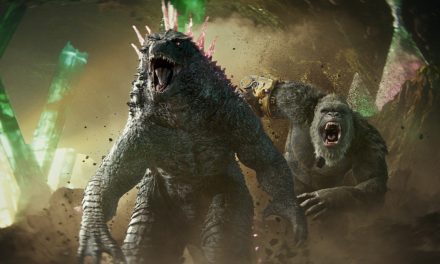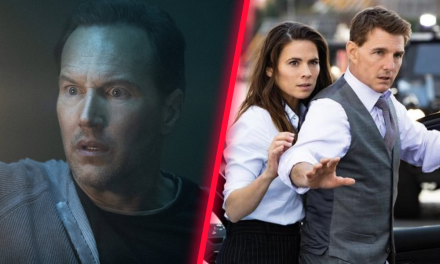DUMBO 2019
Tim Burton’s Dumbo is a live-action adaptation of the 1941 animated feature film of the same name. At a press conference in Los Angeles, the producers and designers of the film talked about adapting the classic movie.

WRITING DUMBO | ZEITGEIST MEMORIES
Dumbo Producer Ehren Kruger has written such screenplays as Arlington Road, The Ring, and Ghost in the Shell. As the writer of Dumbo’s screenplay, he explained how he chose what elements to keep from the animated feature. “I just thought about things that I associated so strongly with the story. Pink Elephants, Casey Jr., Firefighting Clowns. And these were all things without going back and watching the 1941 film.” Dumbo’s music composer Danny Elfman inserted, “We all have firefighting clowns in our past somewhere. If we look at our own lives. I find.”

Kruger continued, “In your band. Yes. Yes. You had firefighting clowns. Just the things that I remember. It’s kind of like Danny talks about. Zeitgeist memories or things in the back of your head. I remember that moment. I remember that image. And of course, in writing the film, I went back and revisited the animated movie a number of times. But I really tried to get to that place of what are the core things that I associate with this? What are the simple things I associate with this story? And those have to be there?”

START FROM YOUR OWN FANDOM
Producer Justin Springer added his own experience developing Dumbo. “Yeah. I think that kind of covers it. It’s not as if you sit down and make a list of all the things that we feel like we’re beholden to include. It’s really just you start from your own fandom and your own respect from the original and you just start to derive a story out of the stuff that feels like it’s in the essence of the movie. And those can be set pieces, or visual imagery, or fun little Easter eggs even. Or ways that music might eventually get used if you just put it on the page now and there’s lots of people who will take those ideas that are on the page and turn it into beautiful sets or costumes or music. Those things.”

EXPAND OUT AND TELL A BROADER HUMAN STORY
“But also, just in the story, what’s in the DNA of that core story that feels like it’s allowed it to have this lasting impact for 80 years. If you have that foundation, then you can take the story in all sorts of directions. We can expand out and tell a broader human story. We can see where Dumbo goes after he flies, and what the impact on the world ultimately becomes. But it all kind of comes back to what are those original elements both visual but also in the story and then the themes that feel like are core to the original movie.”

DUMBO’S CIRCUS WORLD
Expanding on his process of adapting Dumbo, Kruger said, “I suppose early on, we made the decision that we wanted to transport an audience to a circus world, to Dumbo’s circus world. And they go and enter the circus. And that meant that it needed to feel real. So early on, we made a decision to not feature talking animals. And that the most important characters in the animated film, Dumbo, doesn’t speak. Mrs. Jumbo I think has one or two lines and that’s it. So that felt organic to the story to let Dumbo be a classic Charlie Chaplin Buster Keaton-esque expressive silent film performer. And make the circus around him feel real.”

PARALLEL DUMBO STORIES
“So, there are moments when we thought well, wouldn’t it be nice to have Timothy Q Mouse talk? He’s so cute. And we just don’t want to break the spell of where we were asking the audience to go to time travel with us to.” Kruger also said, “I like to feel like you can, like these movies run on parallel train tracks. So, that you can imagine that Dumbo’s conversations with Timothy Mouse are happening off screen in between scenes of this movie. Just wanted to honor the original.” Commenting on the mouse in the film dressed like Timothy Q. Mouse, Kruger added, “Yeah. He’s there. That’s what I mean. He’s whispering in Dumbo’s ear in the frames between the scenes. Yeah. “






